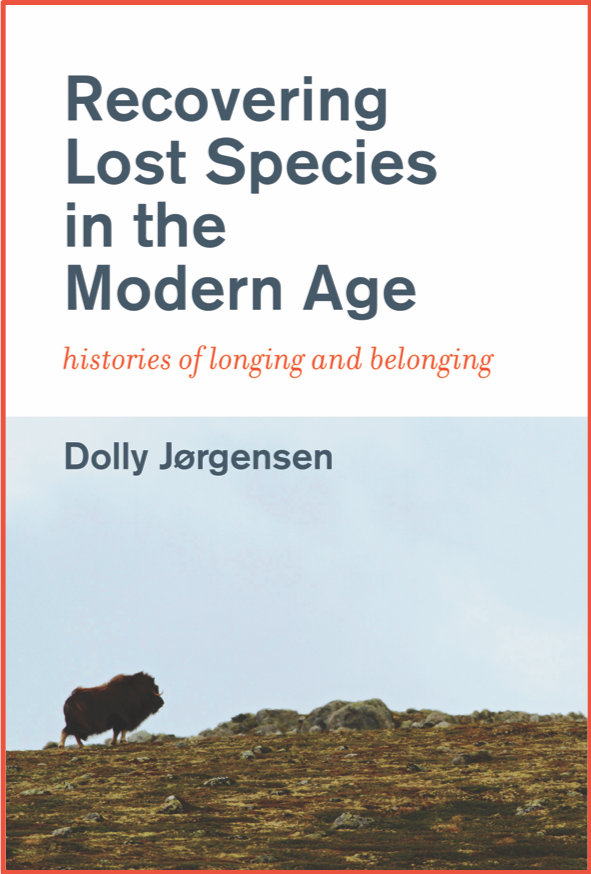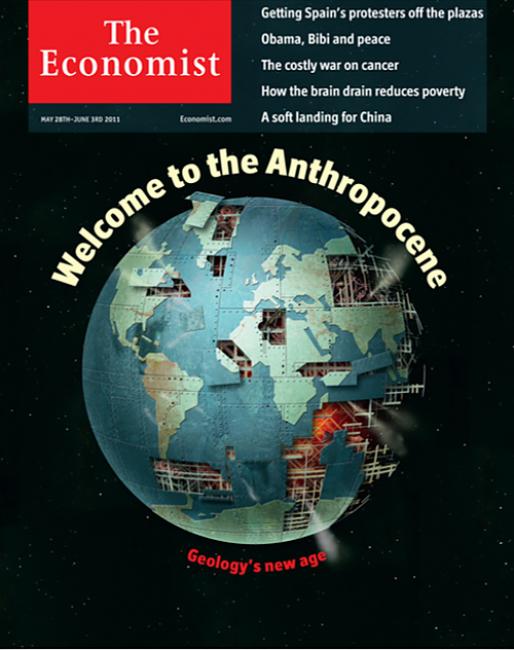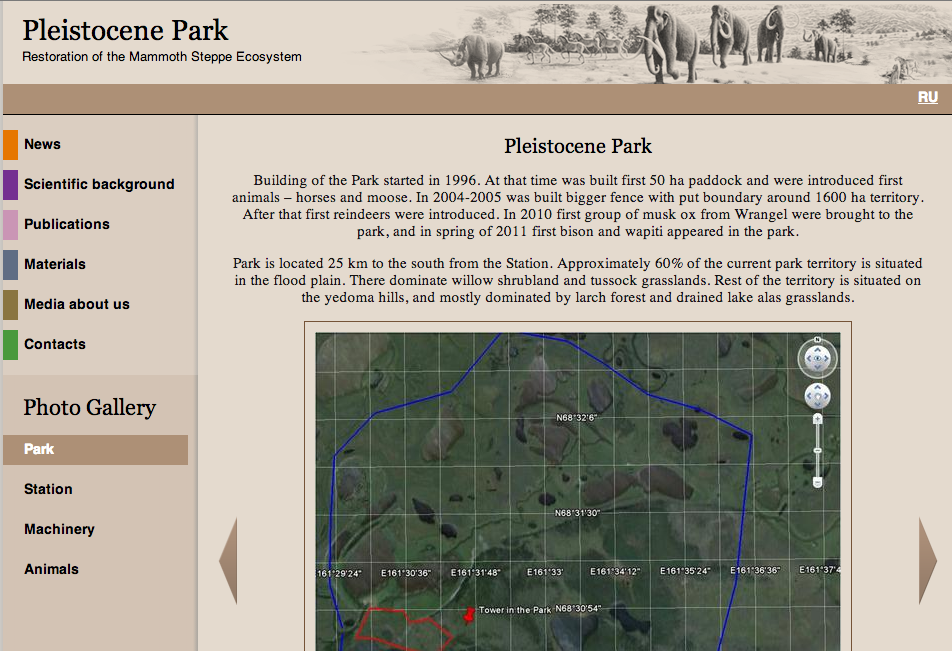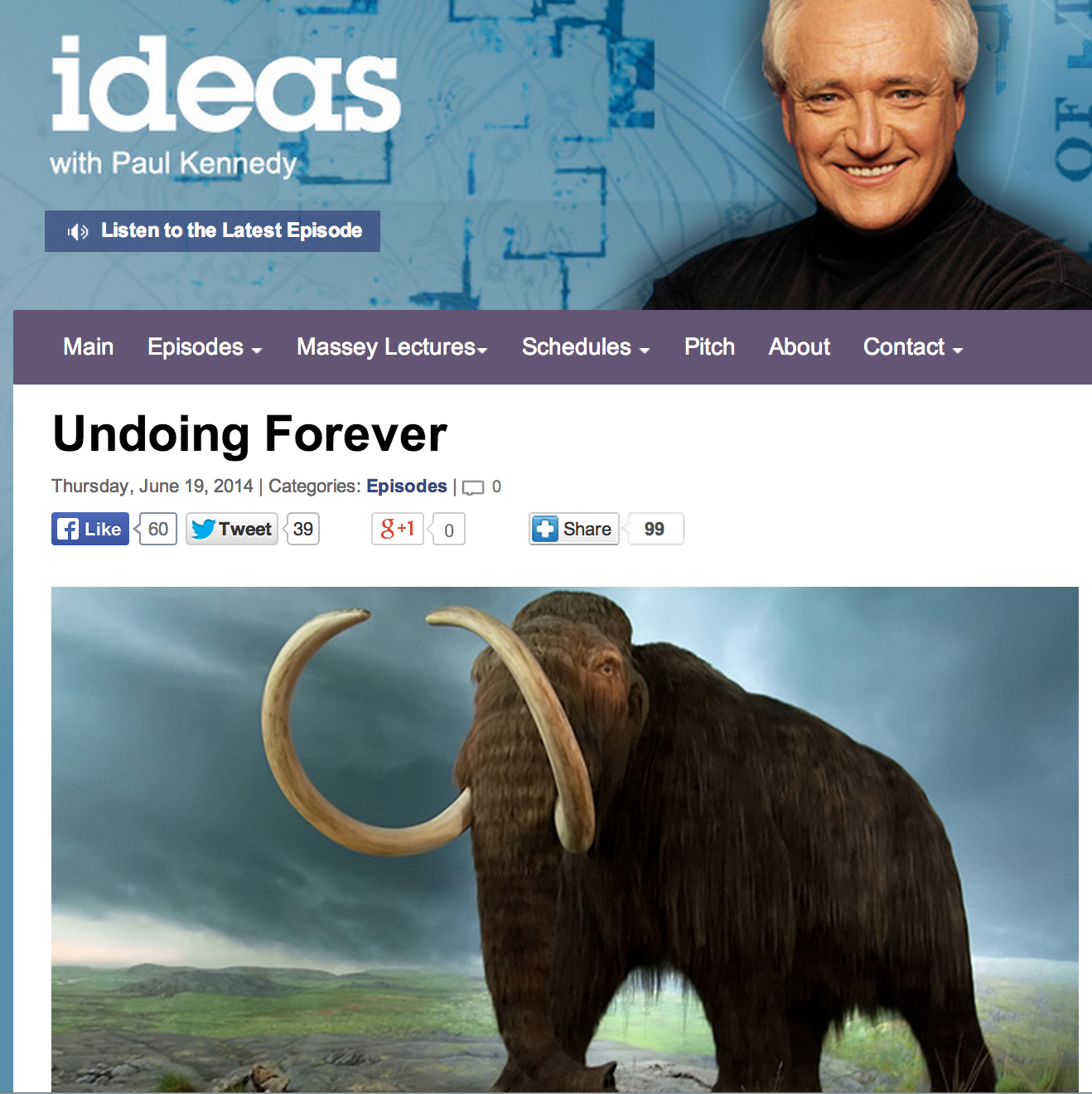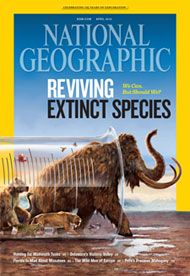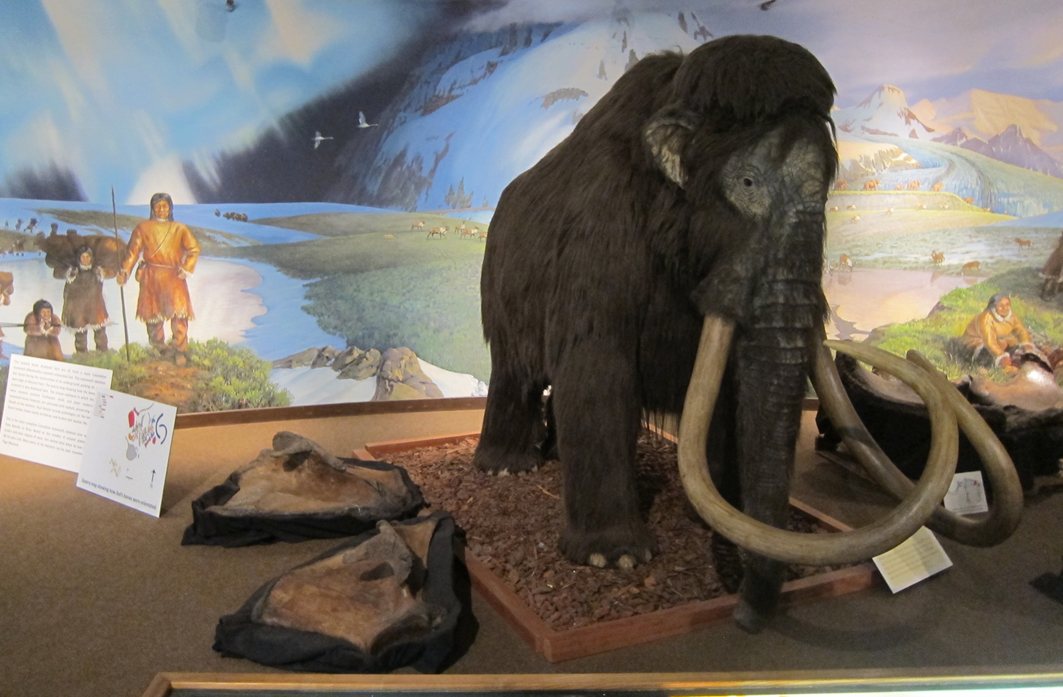deextinction
-
Recovering Lost Species in the Modern Age
My monograph Recovering Lost Species in the Modern Age: Histories of Longing and Belonging was published by MIT Press in October 2019. In the book, I tell environmental histories of reintroduction, rewilding, and resurrection to situate the modern conservation paradigm of the modern recovery of nature. I argue that the recovery of nature—identifying that something is lost and then going out to find it and bring it back—is a nostalgic process that looks to a historical past and relies on belonging to justify future-oriented action. As a nostalgic process, recovery depends on emotional responses to the lost, particularly a longing for recovery that manifests itself in emotions such as guilt,…
-
Connecting reintroduction and deextinction
Ever since I watched the TEDx DeExtinction event in March 2013, I’ve been thinking about how deextinction efforts need to consider the history of reintroductions if they are to be successful. I published a Viewpoint piece in Bioscience in September 2013 with some of those thoughts. Because of that publication and putting my opinions into the scholarly conversation, in the last couple of months, I’ve had the chance to talk with a couple journalists covering deextinction. The June 2014 issue of Bioscience included “Extinction is forever … or is it?” by Leslie Ogden (available OpenAccess). When I talked to Leslie, I stressed the need to consider the destination of these animals being brought back.…
-
Reintroduction & de-extinction
I have a short Viewpoint piece out in this month’s Bioscience about the potential link between reintroduction (bringing a species back to an area where it was formerly) and de-extinction (bringing a species back to life through fancy genetic means after it has been declared extinct). I suggest that reintroduction experience and standards should be a guide for de-extinction projects that attempt to bring back formerly extinct species. Now I want to make it perfectly clear that the article does not say we should be going around de-extincting species. What it says is that we will be – and that’s not entirely the same thing. I think, like animal cloning,…
-
Losing control of the Aepyornis
I read a fabulous short story by H.G. Wells titled “Aepyornis Island” which was printed in Pall Mall Budget in December 1894. You can read the story via Classic Reader. It is a story about a de-extinction story told by an old sailor. In the tale, a sailor who collected island specimens to send back home to English gentlemen collectors had an adventure with de-extinction in Madagascar. He had been collecting eggs and bones of the extinct Aepyornis maximus, a giant flightless bird native to Madagascar, when he became marooned on a nearby small island. This part of Wells’ story is clearly based on fact. According to Edward Hitchcock, Outline of…
-
Hope in the Anthropocene
We are living in the Anthropocene. The term, proposed by Crutzen and Stoermer in 2000, attempts to capture the profound effect humans have had and are having on the geology and ecology of Earth. While Crutzen and Stoermer think of the Anthropocene as beginning in the 18th century with the rise of fossil fuels — and many have subsequently adopted this view –, I think humans have been altering ecology in massive ways much longer and that we need not limit our indicator of the Anthropocene to climate change. At the “From Instants to Eons: Time in Environment and Environmental History” conference yesterday, the Anthropocene took center stage in both…
-
De-extinction in the press
For those of you interested in the de-extinction issue I discussed earlier this week, I’ve been collecting some of the interesting press about it. Here’s a sampling of the coverage and what I thought of it. Carl Zimmer’s “Bringing Extinct Species Back” is the article highlighted on the cover of National Geographic’s April 2013 magazine. It has a broad coverage of both sides of the issue. And it tells an interesting story about a clone of the last bucardo, or Pyrenean ibex, that lived a mere 10 minutes. Even though it was brief, the species was de-extinct for a moment. It shows how close we’ve already come to breathing life into dead…
-
Extinguishing extinction
In this decade some extinct species will begin to come back. This is how the TEDxDeExtinction website introduces ongoing work to bring extinct species back from the grave, known as de-extinction. On Friday, 15 March 2013, the group, sponsored by National Geographic in conjunction with The Long Now Foundation, hosted a day-long series of lectures in Washington DC on the topic of bringing extinct species back to life. I got to see the lectures thanks to streaming video (but no thanks to the video service Livestream which has a horrible interface with only the ability to move forward or back on video in increments of c.4 minutes, making it nearly impossible…
